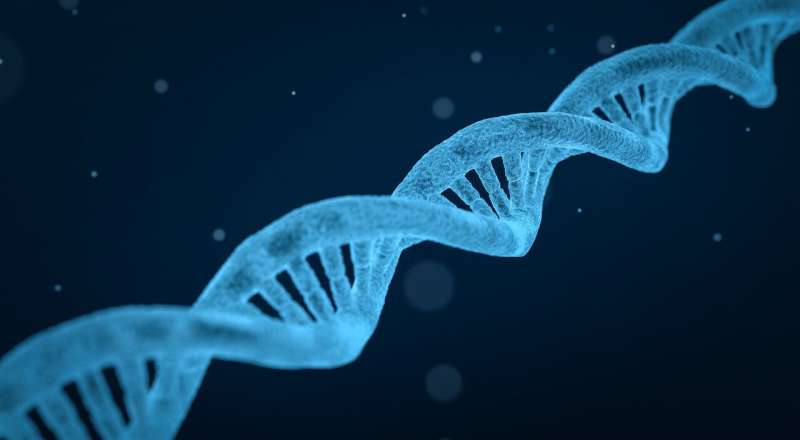
Credit: CC0 Public Domain
At Mayo Clinic, the mission to solve the unsolvable is at the heart of every rare disease case. Each diagnosis is a testament to persistence, innovation and the relentless search for answers.
This commitment has led researchers at the Mayo Clinic Center for Individualized Medicine to develop a semi-automated system, known as RENEW, to rapidly reanalyze unsolved cases of rare diseases.
In a new study published in Human Geneticsresearchers describe how RENEW (REanalysis of Negative Whole-exome/genome data) led to a possible diagnosis for 63 patients out of 1066 undiagnosed cases.
The innovative technology, launched in 2022, regularly compares patients’ genomic sequence data with newly published global research findings, with the aim of identifying previously elusive genetic variants that cause disease.
“Considering that most patients with rare diseases who undergo genomic sequencing remain undiagnosed, this is no small feat,” says Alejandro Ferrer, Ph.D., a translational omics researcher at the center and lead author of the study.
“Each successful diagnosis facilitated by RENEW signifies a profound advance in providing answers and hope to people navigating the complexities of rare diseases.”
RENEW features a sophisticated filtering system that analyzes new genetic information to help narrow down the pathogenic variant or variants causing the patient’s disorder.
On average, RENEW took approximately 20 seconds to review each of the 5,741 genomic variants it prioritized. Total analysis time for each patient with an unsolved case ranged from 10 seconds to 1.5 hours. In contrast, manual reanalysis by researchers and clinicians typically takes weeks and involves extensive review of published papers and cleaning of patient records in the data search.
RENEW was created by Eric Klee, Ph.D., the center’s Everett J. and Jane M. Hauck Midwest Associate Director, Research and Innovation.
“Looking forward, through advances in technology, we hope to further improve automation and efficiency in this interpretive process, bringing this technology to a wider openness of genetic test data,” says Dr. Klee.
More information:
Alejandro Ferrer et al, Semi-automated approach focused on novel genomic information results in time- and effort-efficient re-annotation of negative exome data, Human Genetics (2024). DOI: 10.1007/s00439-024-02664-3
citation: New technology helps solve unsolvables in rare disease diagnoses (2024, June 24) retrieved on June 24, 2024 from https://medicalxpress.com/news/2024-06-technology-unsolvable-rare-disease. html
This document is subject to copyright. Except for any fair agreement for study or private research purposes, no part may be reproduced without written permission. The content is provided for informational purposes only.
#technology #helps #solve #intractables #rare #disease #diagnoses
Image Source : medicalxpress.com